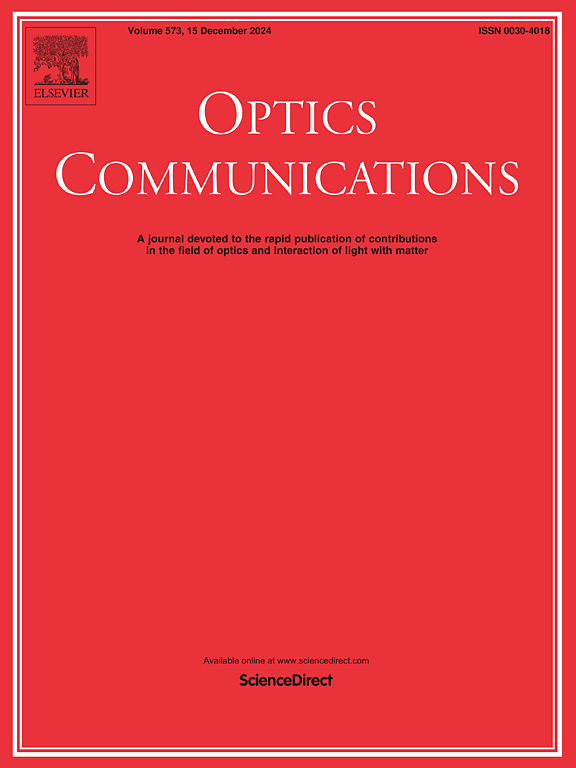Prediction of humidity levels for maximum optical relative transmittance using modified heterodyne detection and GA-BP neural networks
IF 2.2
3区 物理与天体物理
Q2 OPTICS
引用次数: 0
Abstract
Humidity management is of great significance for optimizing the performance of all-solid-state optical systems, while the intricate interplay between humidity and various optical elements’ relative transmittance (RT) is characterized by a nonlinear relationship, complicating the measurement and calculation of optimal humidity levels necessary for achieving maximum RT. In this paper, we present a modified heterodyne detection method to quantitatively measure RT variations across diverse optical materials under humidity fluctuations. The acquired data are trained into a unified mapping model using a genetic algorithm-back propagation (GA-BP) neural network, enabling precise prediction of humidity levels required for maximum RT. Experimental results demonstrate that the GA-BP method achieve a remarkable correlation coefficient (R2) of 0.998 between predicted and actual values, and with the proposed model, the predicted optimal humidity levels for polarizers, conductive films, and windows are 44 %, 21 %, and 15 %, respectively, yielding RT values exceeding 99 %. These results outperform scenarios without prediction or using traditional BP methods. We believe that this research can offer novel insights for optimizing related optical systems to enhance output quality.
求助全文
约1分钟内获得全文
求助全文
来源期刊

Optics Communications
物理-光学
CiteScore
5.10
自引率
8.30%
发文量
681
审稿时长
38 days
期刊介绍:
Optics Communications invites original and timely contributions containing new results in various fields of optics and photonics. The journal considers theoretical and experimental research in areas ranging from the fundamental properties of light to technological applications. Topics covered include classical and quantum optics, optical physics and light-matter interactions, lasers, imaging, guided-wave optics and optical information processing. Manuscripts should offer clear evidence of novelty and significance. Papers concentrating on mathematical and computational issues, with limited connection to optics, are not suitable for publication in the Journal. Similarly, small technical advances, or papers concerned only with engineering applications or issues of materials science fall outside the journal scope.
 求助内容:
求助内容: 应助结果提醒方式:
应助结果提醒方式:


